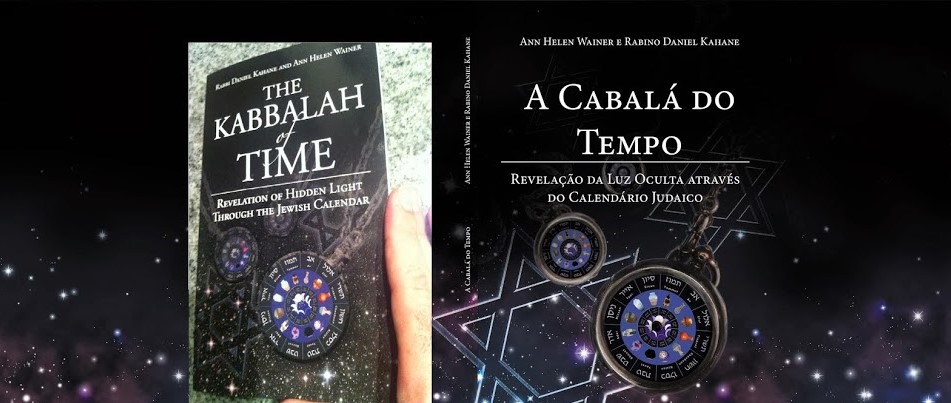AVENTURA
Aventura author presents book on Jewish pioneers’ struggles in Brazil
FOR MORE INFORMATION
Email Ann Helen Wainer at JewishBrazilianConnection@gmail.com
BY MICHAEL SHARP
MSHARP@MIAMIHERALD.COM
Aventura author Ann Helen Wainer gave a history lesson on the relationship between Jews and Brazilians as she presented her new book at the North Miami Beach Public Library last week.
In her book, Jewish and Brazilian Connections to New York, India and Ecology, she refers to her Brazilian homeland, which is where the first Jewish pioneers to New York came from.
With the history of persecution in Europe, Jews found refuge in Recife, Brazil, which was occupied by the Dutch. Government leaders allowed Jews to freely practice their religion.
But, after the Dutch lost their place in Brazil to the Portuguese, Jewish people no longer were tolerated and they began immigrating in 1654 to New York – known at the time as New Amsterdam.
Wainer, who is Jewish and originally from Brazil, has written several books and talks freely about the struggle of Jewish settlers.
“It is necessary to take a step back and understand the adversities that these pioneer Jews faced,” she said. “Before their arrival in New Amsterdam, they faced material losses, jumping from ship to ship, imprisonment and much more. They were ill-prepared for the prejudice and intolerance they found.”
Wainer, an attorney in Brazil who moved to the United States in 1999, is separated by only one generation in her family from the surviving Jews of the Holocaust. She highlights this in a previous book, “Family Portrait.”
Rabbi Daniel Kahane, a co-author on another of her books – “The Kabbalah of Time” – talked about the strong history and Jewish culture represented in Wainer’s writing.
“It shows just how deeply ingrained the struggle for fairness and equality is in Jewish religion, culture and tradition,” said Kahane, an attorney who volunteers as a teacher at Aventura Chabad. “Fixing the world, changing it and making it a better place – what is known in Hebrew as ‘Tikkun Olam’ – is an essential aspect of being a Jew.”
Wainer, who currently teaches at Florida Atlantic University about the Jewish connection with the Brazilian Cinematheque, talked at her book signing about the success that Jewish people have had in the United States and the importance of remembering the struggle it took to get there.
Her son, David Wainer, 28, reiterated that point.
“Jews have it good in this country. They represent a well-off minority group, and the book highlights that,” said the younger Wainer, a Boston University graduate who is a business reporter currently based in Israel. “It wasn’t always like that,” he said. “There were pioneers [who] had to fight for their survival and the basic ability to be who they want to be. It provides the proper context for the Jewish community in the U.S.”
Wainer closed out her lecture by telling the crowd the process she went through and the support she received while writing her book.
“I believe when you have a purpose like this, the universe has a way of conspiring in your favor,” she said. “It made me feel very connected to this country and Brazil, and it helped me understand more about where my two hearts are.”
